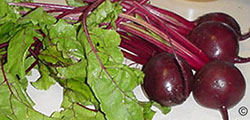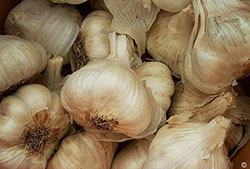 Root vegetables grow very well in Colorado, even in higher elevations where long-season vegetables have little chance of success. Carrots, beets, turnips and rutabagas can be harvested at any size, making them ideal for short-season areas. Radishes are notable because they mature in 30 to 45 days, making them the king of fast crops.
Root vegetables grow very well in Colorado, even in higher elevations where long-season vegetables have little chance of success. Carrots, beets, turnips and rutabagas can be harvested at any size, making them ideal for short-season areas. Radishes are notable because they mature in 30 to 45 days, making them the king of fast crops.
Can I leave my root vegetable in the ground all year?

Root crops can be left in the soil all winter, a plus in Colorado where snows and freezing temperatures can come early. However, they should be removed before the spring temperatures warm up. Most are also frost hardy and will grow if an early fall frost is followed by warm weather.
What requirements do root crops need?
The requirements of root crops are fairly minimal. Lighter, loose soils will produce straighter root vegetables. Sandy soils are ideal, although they can grow in clay soils after some preparation.
Is the amount of light the root crop get importnat?
Although root crops will grow with three-quarters of a day’s sun, the amount of food produced by the tops and stored in the roots is directly related to the amount of light the plant receives. A full day of sun produces larger roots. Warm, bright days and cool nights produce maximum root growth.
How should I plant my root crop?
Plant root crops in rows or beds following seed-packet instructions. After the plants begin to grow, thin them to the diameter of the root at harvest. For example, for a one-inch wide carrot, leave at least an inch between each plant. The tops of beets and turnips that are thinned can be eaten.
Should I transplant my root crop?
Root crops are seldom transplanted because digging up the plant usually breaks the tap root, causing misshapen and forked roots.
For more information, see the following Planttalk Colorado™ video(s).
For more information, see the following Colorado State University Extension fact sheet(s).
- Vegetable garden: Soil Management and Fertilization
- Choosing a Soil Amendment
- Vegetable Planting Guide



